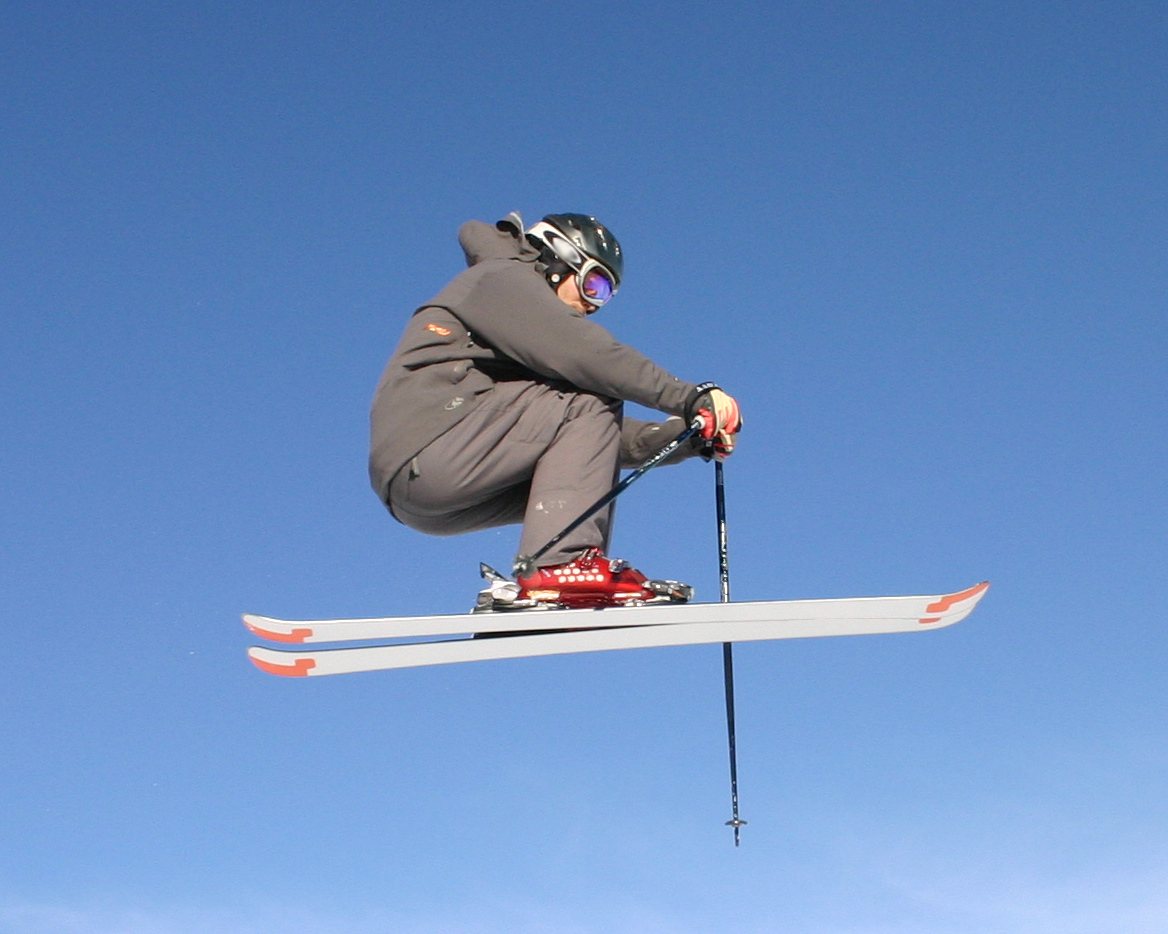Yoga is growing like wild fire. It is estimated that 1 in 10 people practice yoga in the USA, and the UK is catching up.
Why has yoga become so popular?
The overwhelming popularity of yoga can be attributed to many things. Accessibility, affordability along with the association of ancient spiritual wisdom and a healthy lifestyle, all make yoga very attractive.
Other perceived benefits of yoga such as a lean, strong flexible body, being calm, present, balanced, connected to body and soul, getting rid of back-pain, depression, anxiety; the antidote to a stressed busy mind and lifestyle are also very appealing.
The Dangers of Practicing Yoga
Many yoga teachers and students experience injuries caused by how they practice yoga. What I have come to notice, through attending hundreds of yoga classes, is that many people begin yoga hoping to alleviate stress, tension and achy joints, but often, in their pursuit of nirvana, reinforce already existing habits of poor use and coordination.
These (repetitive patterns of movement) habits are usually caused by simple, everyday activities, such as sitting, walking and standing; being pulled into smartphones or computer screens; and a lack of knowledge, awareness and understanding of how the body functions as a whole integrated system.
We unwittingly bring our (repetitive patterns of movement) habits into the yoga class, most of which are unidentified, what I refer to as our “blind spots,” because we are usually unaware these blind spots exist, they are therefore difficult to stop.
“The things that don’t exist are the most difficult to get rid of.”
We cannot stop doing something we do not know we are doing. F.M. Alexander
I see this in yoga all the time – students trying to get the pose, position or sequence “right” and, in the process, unwittingly reinforcing already existing, poor habits.
Why are so many people getting yoga injuries?
Western culture is very competitive, result and goal oriented. It’s often this end-gaining attitude of wanting immediate results and a “get it right” mindset that result in excessive tension and injury.
“The process is much more important than the goal.”
The genius that developed the Alexander Technique said, “It is not the degree of ‘willing’ or ‘trying’, but the way in which the energy is directed, that is going to make the ‘willing’ or ‘trying’ effective.” F.M. Alexander.
“Trying is only emphasising the thing we already know.”
Yoga emphasises the qualities of listening to the body, giving quality attention to detail, correcting, adjusting, guiding, not being ego and result oriented. However, we tend to bring our individual character traits and ego into the practice of yoga. We often look around the yoga class to compare, for guidance or feeling we need to be able to do what the other people in the class are doing and becoming very competitive. What I see in others, I can see in myself.
Being aware of our characteristics and habits, and not being so goal, oriented, listening the body, breath, and having a good understanding of the biomechanics, alignment and balance of the whole self, will create more ease, flow and presence and hopefully prevent injury altogether.
We bring our (unconscious) habits into everything we do.
Many of the yoga classes I have attended over the years do require a great deal of strength, flexibility, endurance, coordination and balance, which are some of the amazing benefits of yoga. The western version/fusion of yoga usually involves various breathing techniques, a sequence of postures, balancing poses, inversions, headstands, shoulder stands, handstands, backbends, seated postures and other Houdini like contortions of the body.
Your body/mind has to be in really good condition to withstand the pace of many yoga classes today. (if not it’s likely you will get injured)
Popular classes or teachers will usually have lots of students, so no matter how much of an expert, or diligent the teacher is when guiding and making adjustments, it is impossible to observe and guide everyone.
I have attended many classes where teachers do not make corrections or adjustments. This can be for all sorts of reasons, but I’ve noticed that in many cases, people simply do not like being adjusted or touched or the teacher doesn’t want to cross that sensitive boundary
So how do we address some of these issues? How can we avoid injuries?
How can we work more intelligently, intuitively to experience ease, flow, precision, balance and poise?
I believe the Alexander Technique addresses many of the underlying causes of injury by understanding our faulty, sensory perception and habits of movement, function and body design.
In many cases, how we perceive ourselves in any given activity or movement can be very different from what is actually happening. This perception is what F.M. Alexander called, “faulty sensory perception.” The basic premise of the Alexander Technique is identifying these unconscious habits and to recalibrate our sensory awareness, (kinaesthetic sense), and learn to undo many of these things we are doing that causes so much tension and pain.
I have been practicing Yoga for over two decades and I am fortunate to say that I have never been injured. I believe this is a direct result of practicing and teaching the Alexander Technique.
The Alexander Technique can be applied to any activity; I would call it a brilliant pre-technique, which can accompany and enhance any activity with awareness, poise, precision and balance.
The method has been around for over 120 years and is practiced all over the world; endorsed by renowned academics, scientists, medical profession, famous actors, singers, musicians and athletes. The Alexander Technique is an education in rediscovering your natural alignment, balance and coordination in anything you do.
Starting lessons with a highly skilled and trained Alexander Technique teacher, (all accredited teachers complete a three year full time training), to observe the biomechanics of the body, will also have you see your undistinguished habits. The teacher will use their skilled hands and carefully crafted words, along with other tools to release the unwanted tension and guide the body, you will experience the potential you, rather than the habitual you.
The common experience after an Alexander Technique lesson is an overall sense of feeling lighter, grounded, poised, calm, present, free, connected and balanced.
A course of 20-30 lessons is recommended to learn the basic principles and procedures in order to apply them to any activity.
To find our more about the Alexander Technique or to find a fully certified teacher near you check the following links:
http://www.alexandertechnique.co.uk
http://www.alexandertechnique.com











